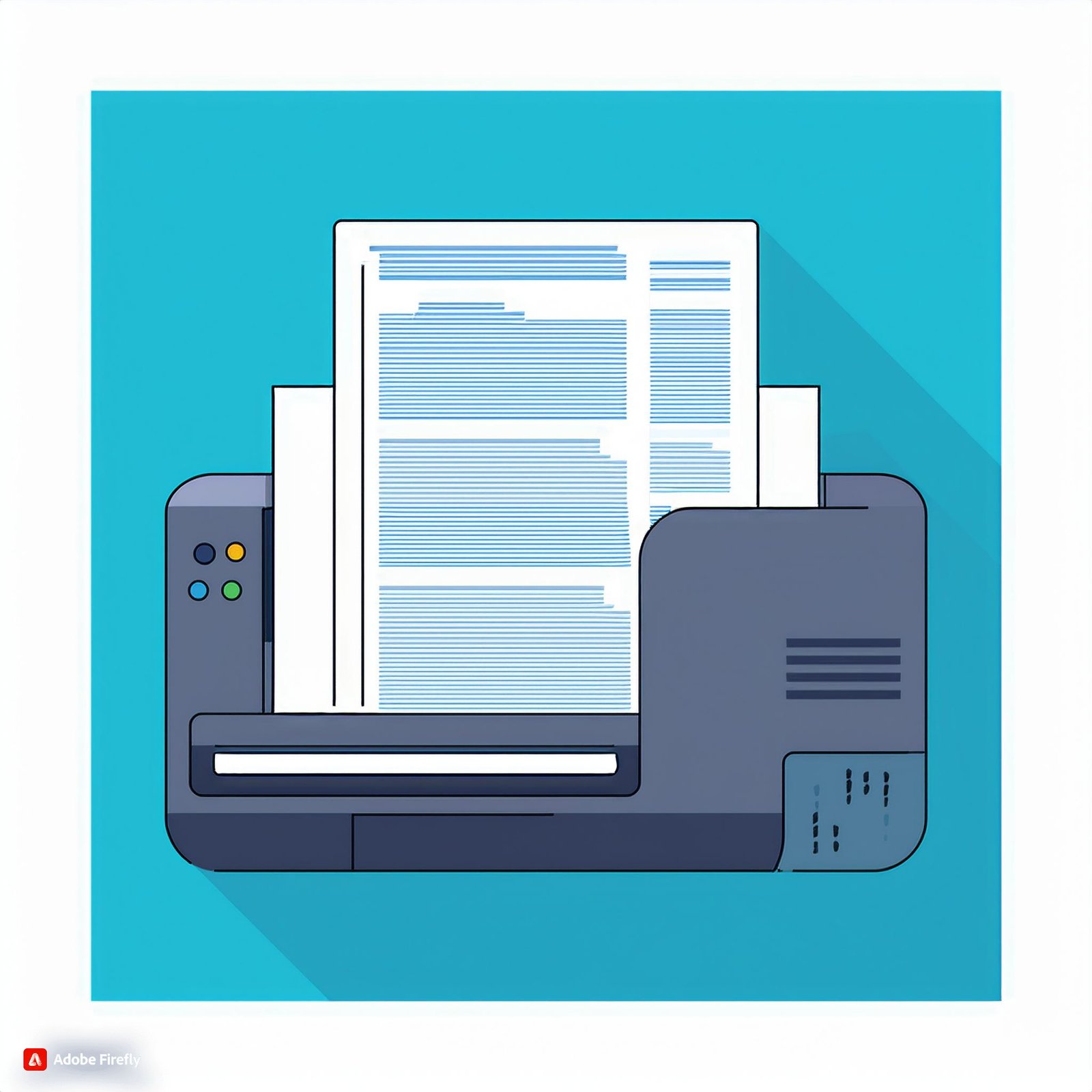What Does Collate Mean When Printing?
When preparing to print a document, you may have encountered the option to “collate” your print job. But what does collate mean in the context of printing? This article explores the concept of collation, its purpose, and how it affects the printing process. We’ll also answer some common questions about collated printing and provide insights into how this feature can enhance document management.
What Does Collate Mean in Printing?
Collation refers to the arrangement of printed documents in a specific order. When you print multiple copies of a multi-page document, collating ensures that the pages are grouped sequentially. For example, if you are printing three copies of a ten-page document and choose to collate, the printer will produce the following order: 1, 2, 3, 4, 5, 6, 7, 8, 9, 10; 1, 2, 3, 4, 5, 6, 7, 8, 9, 10; 1, 2, 3, 4, 5, 6, 7, 8, 9, 10.

If you choose not to collate (uncollated), the printer will group all copies of each page. The output order will look like this: 1, 1, 1; 2, 2, 2; 3, 3, 3; and so on. Collating is especially useful when you must distribute multiple copies of a document that must be read in order.
Why Should you Hire Professional Printer Repair in Dubai?
Ways Online Webinars Can Help You Excel in School
Do I Want to Collate When Printing?
Whether or not you want to collate your print job depends on your needs. If you’re printing a single copy of a document, collation is irrelevant. However, you should collate if you’re printing multiple copies of a multi-page document that must be distributed in complete sets. This saves you the trouble of manually arranging the pages later.
What Is Collated vs. Uncollated?
- Collated Printing: Prints complete sets of the document in sequential order. This is ideal for documents like reports, booklets, or presentations that must be read in a specific order.
- Uncollated Printing: Groups all copies of the same page together before moving on to the next page. This option might be suitable when printing materials like worksheets, where each page is used independently.
Does Collated Mean Double-Sided?
No, collation and double-sided printing are two different features. Collation refers to the order of the printed pages, while double-sided (or duplex) printing refers to printing on both sides of a sheet of paper. You can choose to collate whether or not you’re printing double-sided.
Collation in Different Contexts
What Is Collate in Excel Printing?
In Excel, the collate function works similarly to its use in standard document printing. When printing multiple copies of a spreadsheet, collating ensures that each copy is printed in the correct order. For example, collating will print all the sheets sequentially for each co if you publish a report with several sheetspy.
Why Do We Use COLLATE?
Collation is used to simplify the distribution of printed documents. When printed in sequence, they can be quickly sorted and handed out without additional organization. This is particularly useful in office environments where efficiency is critical.
How to Print 2 Pages on 1 Sheet?
You can use the “multiple pages per sheet” feature in your printer settings to print two pages on one sheet. This option is separate from collating and allows you to conserve paper and reduce the physical size of your printed documents.
What Is the Purpose of a Collate Function?
The purpose of the collate function is to streamline the printing process. By automatically organizing the pages into complete sets, collation reduces the need for manual sorting and ensures that each document copy is ready to distribute immediately after printing.
How Do You Collate Data in Excel?
Collating data in Excel usually refers to organizing or arranging data in a specific order or structure, which can be done through various Excel functions and tools like sorting, filtering, or pivot tables. However, in the context of printing, it simply refers to the order in which Excel prints multiple copies of a spreadsheet or workbook.
What Is the Difference Between Collate and Collect?
- Collate: CollatingCollating refers to the automatic arrangement of pages in a specific order when producing multiple copies.
- Collect: While similar in concept, collect generally refers to manually gathering or assembling documents or data. PrintingThismight involves manually sorting and organizing pages after printing, whereas collation is automated.
Collation in Printing: Practical Applications
Print Collate vs. Non-Collated
Understanding when to use collation is crucial for efficient printing. Collated printing is beneficial for creating booklets, manuals, or any multi-page documents that must remain in order. Non-collated printing might be more suitable for individual worksheets, flyers, or forms that do not require sequential order.
Collated Printing in Office Settings
In an office environment, collated printing can significantly enhance productivity. Imagine needing to print 50 copies of a 30-page report for a meeting. You’d have to arrange 1,500 pages into 50 sets manually without collation. With collation, the printer works for you, ensuring each report is perfectly ordered and ready to go.
Final Thoughts
Collated printing is a valuable feature that simplifies the document production process. Whether printing a handful of reports for a meeting or hundreds of copies of a manual, understanding when and how to use collation can save you time and effort. Selecting the appropriate print settings ensures your documents are organized, professional, and ready for immediate distribution.
Questions and Answers
Q: When should I use collation?
A: Use collation when printing multiple copies of a multi-page document that must be read in a specific order.
Q: Does collating affect double-sided printing?
A: No, collation and double-sided printing are independent features. You can collate your documents whether you’re printing single-sided or double-sided.
Q: Can I collate printed documents manually?
A: Yes, you can manually collate documents by organizing the pages yourself, but using the collate function in your printer settings automates this process.
Q: What happens if I don’t collate my print job?
A: If you don’t collate, your printer will group all copies of the same page. This might require you to manually sort the pages afterward if you need them in a specific order.
Sources:




